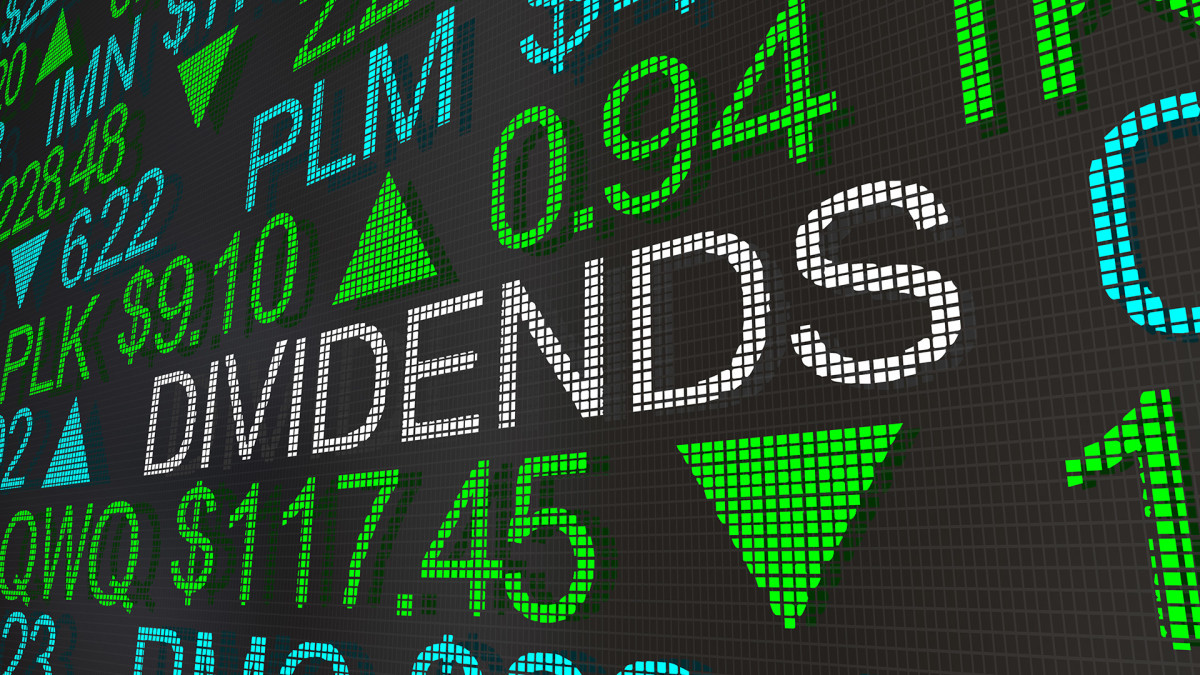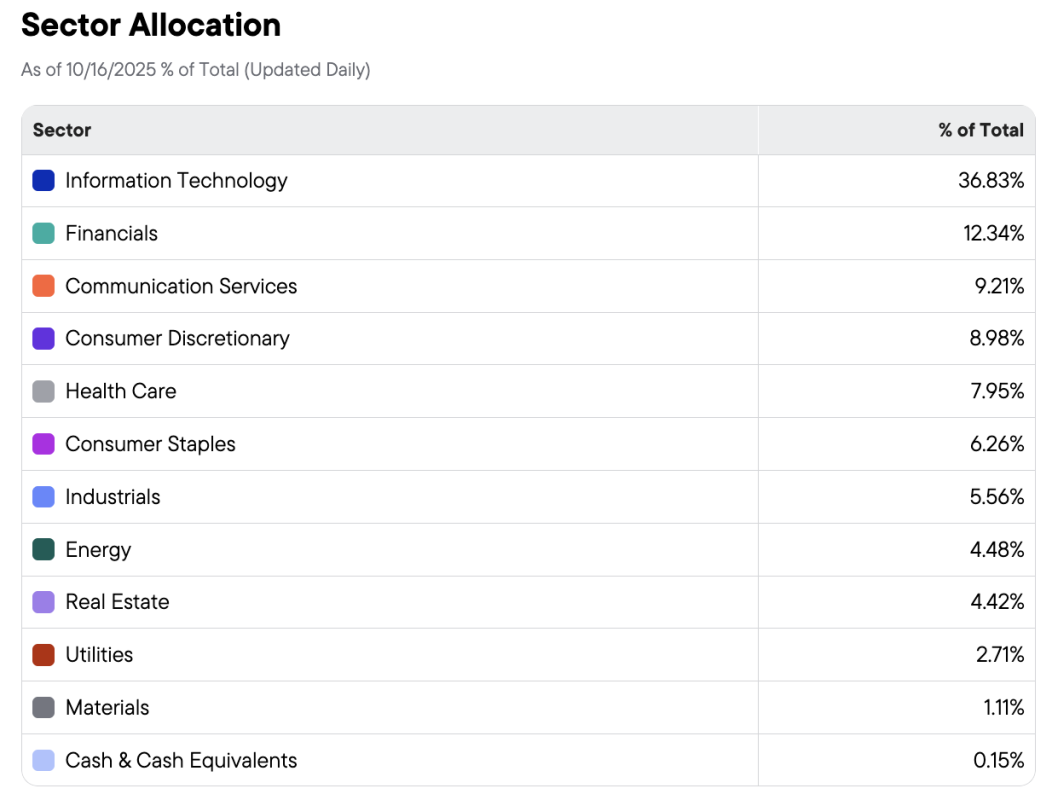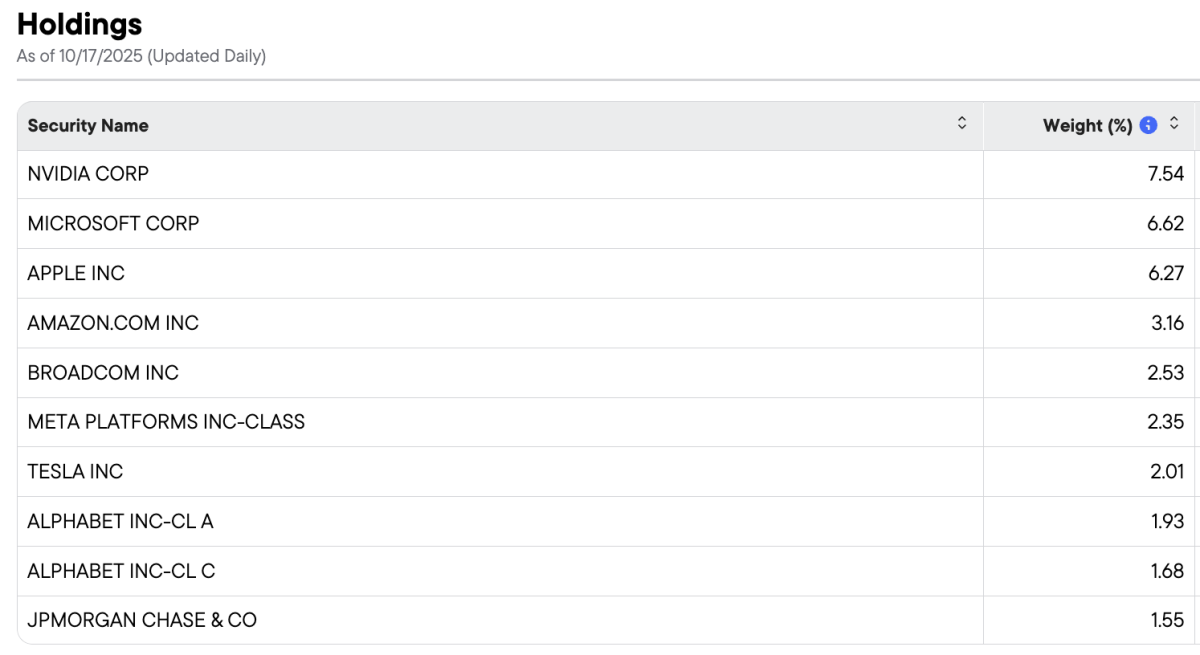Traditional dividend ETFs are designed to offer stability, regular income and long-term capital growth. Even the ones that push the limits of good faith in what it means to be a dividend ETF at least bear some resemblance to one.
But one ETF is the worst representation of a dividend ETF that I’ve seen.
While the fund’s objective says that it “aims to maximize yield per unit of active risk,” there’s no way that this ETF in practice could even charitably be described as a dividend strategy. It has so few guardrails on what it’s allowed to do and is clearly taking advantage of it.
On the surface, returns look good, the Morningstar rating is solid and it has a razor-thin expense ratio. All hallmarks of what you’d look for in a good fund.
Look under the hood, however, at how the sausage is made and you’ll find something ugly.

Shutterstock
What UDIV is supposed to do
The fund I’m talking about is the Franklin U.S. Core Dividend Tilt Index ETF (UDIV). It tracks the Morningstar U.S. Dividend Enhanced Select Index, which is designed to deliver a portfolio of stocks with a higher dividend yield than the broader market.
According to Morningstar, the index is constructed using an optimization framework that aims to maximize dividend yield, improve diversification, mitigate active risk, and simplify replication.
Related: 3 High-Yield Vanguard Dividend ETFs for Retirement
That all sounds well and good. In practice, however, it’s not.
The methodology used by UDIV essentially boils down to this: as long as the final portfolio produces an above average yield, anything goes. There’s no quality check. No emphasis on fundamentals. No yield requirement. No baseline dividend history. The constituents of the portfolio don’t even need to pay a dividend.
The end result is a portfolio that looks anything but like a dividend ETF.
Why UDIV is one of the worst dividend ETFs
One needs to look no further than the composition of UDIV to see how absurd it is.

The nearly 37% allocation to tech stocks is higher than even that of the S&P 500, which is as concentrated as it’s ever been in tech stocks. The rest of the sector holdings are mostly within about 2% one way or the other of the S&P 500.
More ETFs
- Forget VOO, SPY, VTI: Best stock investing pick is this Fidelity fund
- Best Bitcoin ETFs 2025: Fidelity and Grayscale Challenge IBIT
- Why the Schwab Dividend ETF (SCHD) Is losing its edge to Vanguard
But even that’s not the most egregious thing about UDIV. Check out the fund’s top 10 holdings.

Let’s count all of the ways that UDIV’s claim of being a dividend ETF is a joke.
- Nine of the top 10 holdings are the magnificent 7 stocks plus Broadcom.
- Of those 9 stocks, the highest dividend yield being offered by any of them is Broadcom’s 0.68%.
- Amazon and Tesla don’t pay a dividend at all.
- UDIV’s top holding, NVIDIA, has a dividend yield of 0.02%.
- Meta and Alphabet only started paying dividends in the past two years.
Does that sound like any kind of a dividend ETF to you?
Yes, UDIV’s overall yield of 1.6% is higher than the S&P 500’s 1.1% yield. Technically, it’s achieving its objective, but this is about as far as you can get from a traditional dividend stock portfolio.
Better dividend ETF alternatives
Almost anything qualifies as a “better” dividend ETF alternative to UDIV, but here are a few that I feel are constructed the right way.
Schwab U.S. Dividend Equity ETF (SCHD)
Setting aside its miserable recent performance, this is one of the best constructed portfolios in terms of pure dividend stock exposure.
It incorporates screens for dividend quality, dividend growth and high yield. It also focuses on fundamentals and optimizes the portfolio to only include those stocks with the best combination of all criteria. Its 4% yield will also please income seekers.
WisdomTree U.S. Quality Dividend Growth ETF (DGRW)
DGRW looks for companies with forward-looking dividend growth potential, not just dividend history. It considers balance sheet fundamentals, including return on equity (ROE) and return on assets (ROA) as part of its selection process.
It also weights the portfolio by aggregate dividends paid. That means those companies paying out the most get greater weights in the portfolio.
SPDR S&P Dividend ETF (SDY)
SDY is perhaps the best combination of high yield and long-term dividend growth. The fund includes only those companies with a 20+ year track record of dividend growth, but then weighs qualifying components by their dividend yield.
The result is a fund that pays a modestly high yield but has a composition far different than that of the S&P 500.
UDIV is a mega-cap growth fund with a heavy tech tilt above all else. The dividend component is only a minor consideration.
If you want tech exposure like this, just invest in a tech ETF. If you want a dividend ETF, go with one that actually considers dividend growth or quality as part of its selection criteria.
Key takeaways
- UDIV is perhaps the worst representation of a dividend ETF in the world.
- Its only goal is to produce an overall yield higher than that of the broader market.
- Outside of that, almost anything goes.
- Its drawbacks include a heavy tech overweight, the inclusion of many non-dividend payers and no consideration of dividend quality.
Related: The Fidelity Dividend ETF beating Vanguard and Schwab in 2025
#worst #dividend #ETF #world